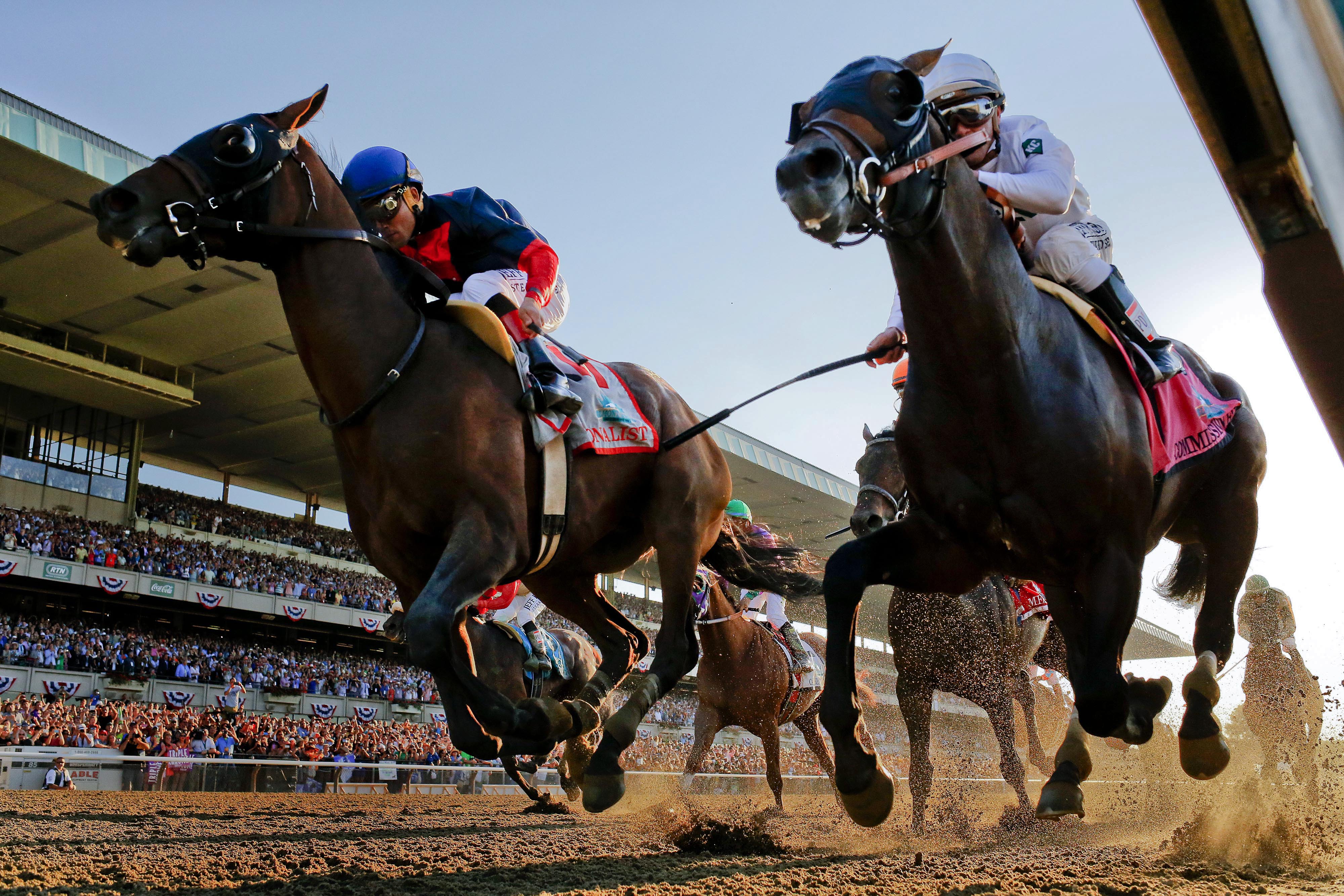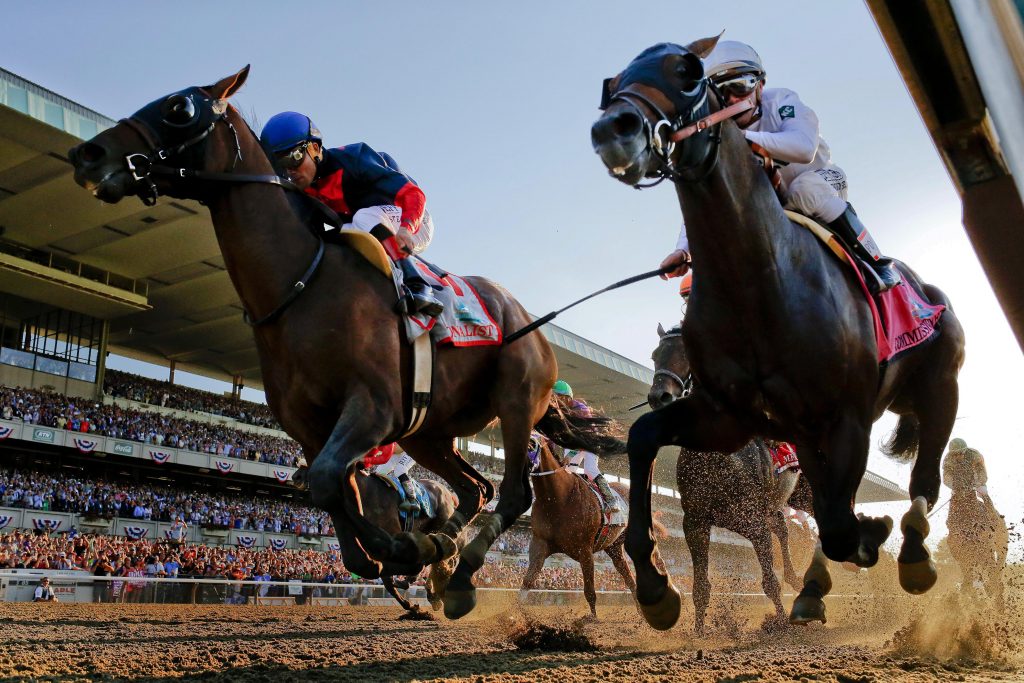When it comes to gambling, nothing is quite as classy as betting on a horse race. The stakes are high as you want them to be, the action is fast-paced, and you can easily spend an entire afternoon at the track enjoying the weather, the drinks and the company… not to mention the events themselves. Unlike gambling at a casino, where the house always has the edge, when you bet at the track you’re only betting against the other gamblers, making it a lot easier to leave with a nice little profit. For instance, betting the favorite to show (we’ll get into terminology below) gives you a roughly 67% chance to win money!
Types of Bets
Before the horses tear out of the gate, you have a few options on how you want to bet, which are categorized into straight wagers and exotic wagers. For your first time at the track, you should stick with straight wagers for the first few races just to get a feel for it. The three main types of straight wagers are win, place, and show, and they correspond with your horse coming in first, first/second, or first/second/third place respectively. Typically, these bets have a $2 minimum. You can also bet $6 across the board, which means you are betting a horse will win, place, and show. There are also $4 win/place and place/show bets.
Exotic wagers get a little more complicated, but they give bigger rewards. An exacta bet is a wager that two horses will come in first and second in exact order, while a quinella bet is a wager that those horses will finish in first and second in either order. A trifecta says three horses will finish first, second, third in exact order, and a superfecta is the same but with four horses and four places. You can box an exacta, trifecta or superfecta for twice the money in order to allow the horses to finish in any order.
A daily double is a bet that a horse will win two races consecutively, while a pick 3, pick 4, and pick 6 are bets that a horse will win 3, 4, or 6 races consecutively.
How to Pick a Horse (also known as Handicapping)
The racetrack program is your most basic tool for picking a horse. It will give you information on all the horses, jockeys, trainers, and owners involved in the day’s races. The daily racing form (DRF) gives a little more information, letting you know all about the past performances of the horses running that day. It will also tell you which horses are most likely to win (favorites).
The surface type of the track plays a part- has it been raining? Are the horses racing on dirt or an artificial track? How has your horse raced in these conditions in the past? It’s also important to pay attention to the paddock, where the horses are shown before each race. Is your horse calm and obedient or is he angry and defiant? These attitudes commonly reflect how the horse will perform in the race.
Finally, don’t forget about the jockey. Some jockeys will show no matter what horse they’re on, others have better relationships with certain horses. All of these factors are important to take into account before you move on to the final step!
How to Place Your Bet
Go to the counter (the human tellers are usually better than the automated machines) and state the name of the racetrack, the race number, the dollar amount of your bet, the type of wager, and the number of the horse. You will receive a ticket in exchange- make sure it’s correct and get ready for the race!


